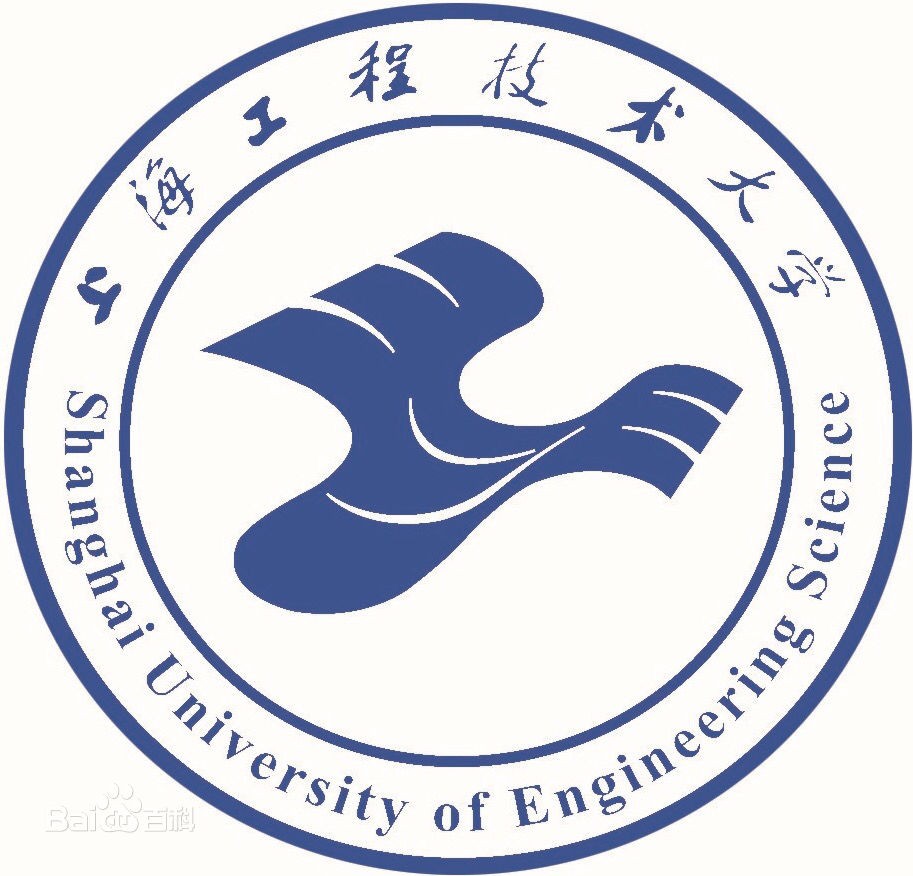[1] Huiqing Zhang, Jingxia Yang, Lei Guo, Runkai Wang, Shuaishuai Peng, Jinjie Wang, Jieqiong Wan, Jingli Xu, Microwave-Aided Synthesis of BiOI/g-C3N4 Composites and Their Enhanced Catalytic Activities for Cr(VI) Removal, Chemical Physics Letters, (2020) 138143. https://doi.org/10.1016/j.cplett.2020.138143.
Abstract
Few-layer g-C3N4 nanosheets (CN-E) were synthesized by flash freezing the bulk g-C3N4 together with thermo-exfoliation with different time (2-20 min) by microwave assistant, to reduce the thickness of g-C3N4. Then, BiOI nanoflowers were grown in situ on CN-E by microwave-aided synthesis, forming BiOI/CN-E nanocomposites. The BiOI/CN-E showed a best activity of 27% improved Cr(VI) removal efficiency compared with the un-exfoliated BiOI/g-C3N4. The exfoliating CN-E coated on BiOI formed a heterojunction more efficiency than the two overlaid structure of g-C3N4 and BiOI, thus further improved the specific surface area and the catalytic performance during the treatment for pollutant Cr(VI).
Graphical abstract
Scheme 1 Schematic illustration for exfoliation of g-C3N4 nanosheets and the preparation of BiOI/CN-E-Xmin (1:1) heterojunction. Bulk g-C3N4 becomes to thinner layers (CN-E) after the exfoliation by water absorption and microwave treatment, which was coated on the flake of BiOI nanoflower (BiOI/CN-E). Compared with the directly overlay structure of bulk g-C3N4 and BiOI nanoflower, the BiOI/CN-E can improve the Cr(IV) removal performance from 55% to 82%.


